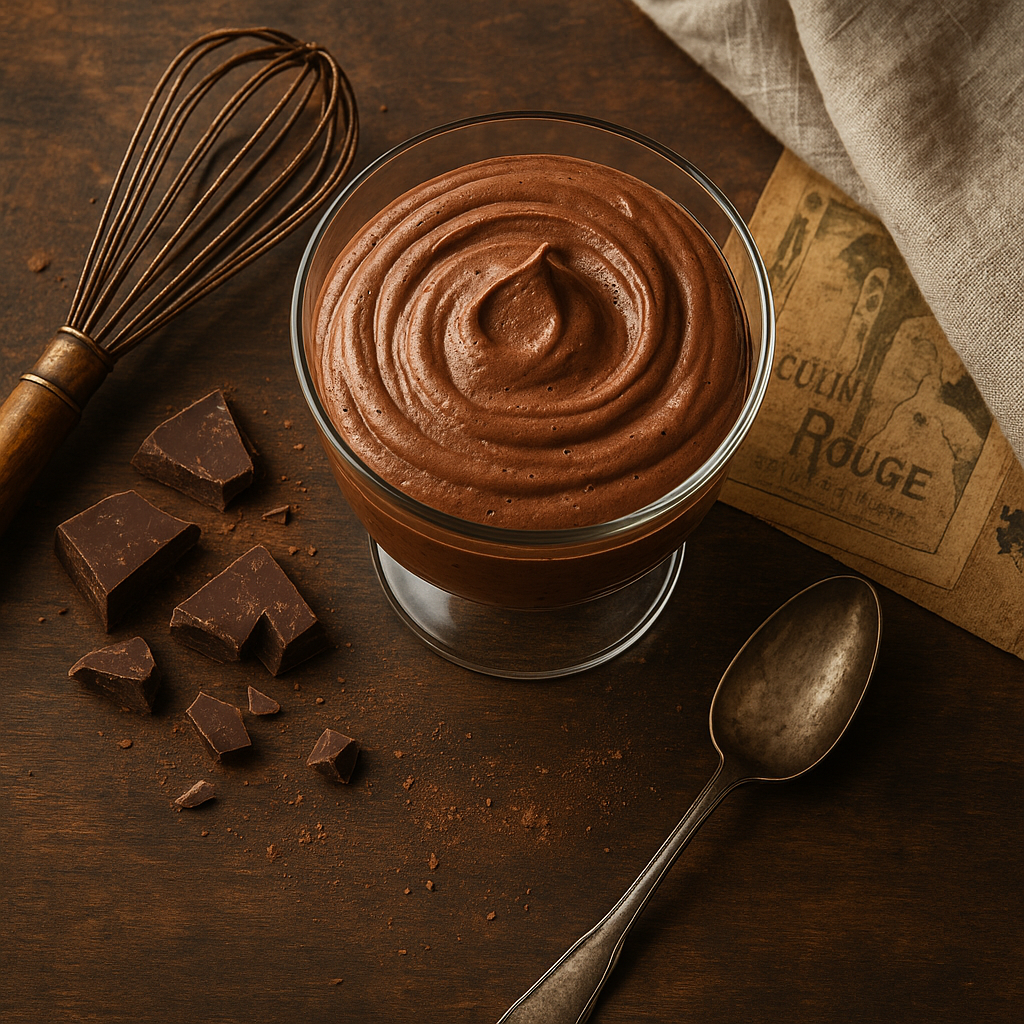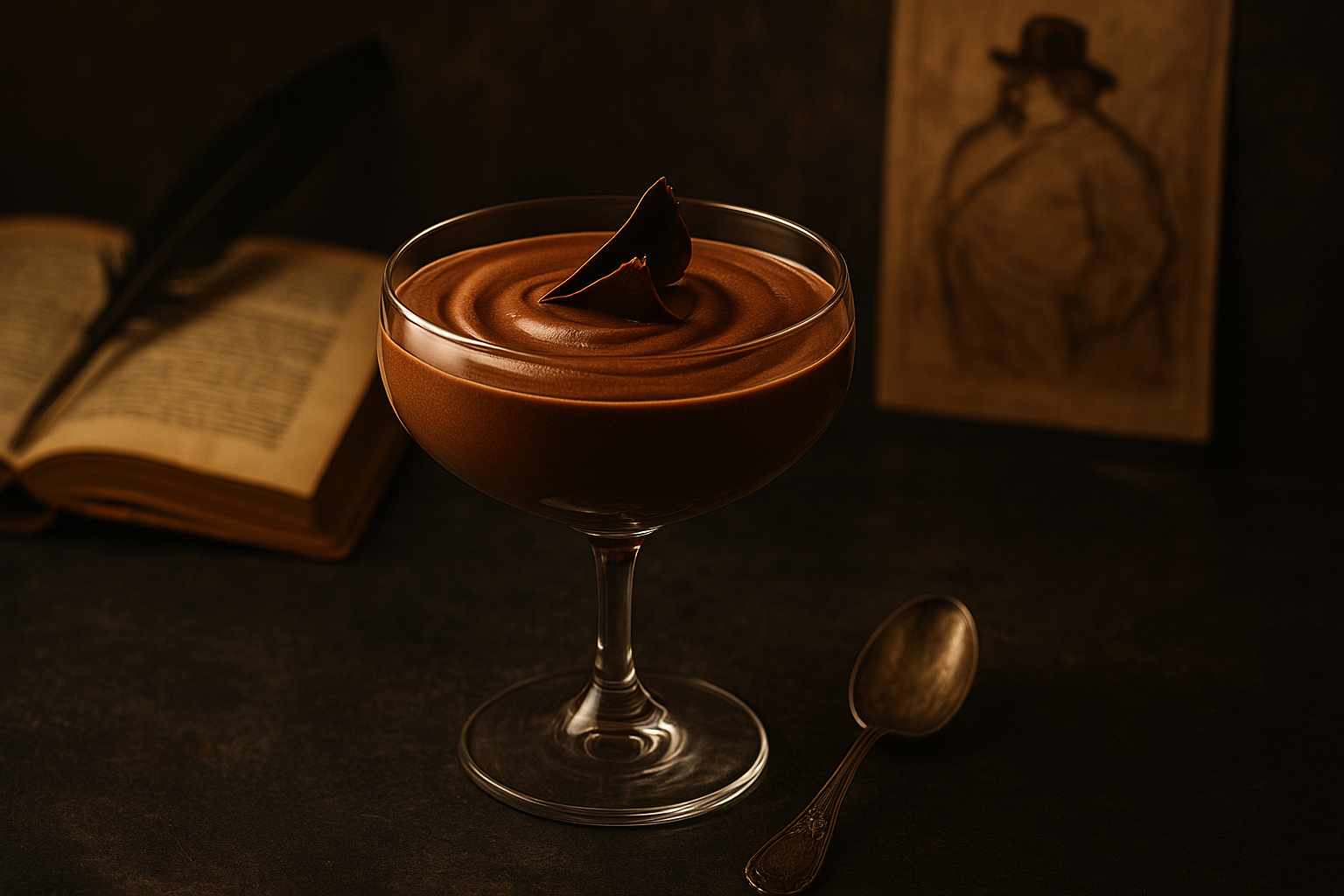
A light dessert with a surprisingly rich past
When I was at catering college, in the 80’s I was told that the word mousse simply means “foam” in French which makes perfect sense for something so light and airy. You’d be forgiven for thinking it was born in the grand pâtisseries of Paris, but, surprisingly, it wasn’t.
Chocolate mousse, for all its elegant simplicity, has an unexpected backstory that blends art, history, and a touch of culinary rebellion.
From the Studio to the Kitchen
The modern chocolate mousse is often credited to Henri de Toulouse Lautrec, the post Impressionist painter best known for capturing the life and colour of Montmartre’s cabarets. Lautrec was also an experimental cook, well known for creating experimental dishes for friends.
One of them was his renowned mayonnaise de chocolat a rich, whipped chocolate creation that food historians now recognise as the earliest true chocolate mousse.
His version appeared in the late 19th century, but the roots of the dish go back much further.
The first documented reference to a mousse-like chocolate preparation dates to 1750, in La Science du Maître d’Hôtel Confiseur by Menon a professional guide for pastry chefs. Still, it wasn’t until Lautrec’s playful kitchen experiments that chocolate mousse began to take its modern form.
Before Chocolate Went Sweet
Long before dessert mousses graced fine-dining menus, French chefs were making savoury mousses airy purées of fish, shellfish, chicken livers, or vegetables, bound with cream or egg whites. Chocolate entered the picture later, as European tastes shifted toward sweet indulgence in the 18th and 19th centuries.
Of course, none of this would have been possible without chocolate’s dramatic journey from the Americas to Europe. When Spanish conquistadors brought cacao back from Mexico in 1529, they kept the secret closely guarded for nearly a century.
It took a royal marriage to share it: in 1615, Princess Anne of Austria (a Spanish royal) married King Louis XIII of France, as part of the wedding festivities, Spanish chefs introduced French cooks to the art of preparing chocolate at first as a luxurious drinking potion, and later as the base for light foams or mousses.
That cultural exchange planted the seed for the French love affair with chocolate that continues to this day.
The Enduring Classic
From those beginnings, chocolate mousse became a timeless dessert refined yet endlessly adaptable. It can be piped into delicate pastry shells, spooned into halved cocoa pods, or served simply in elegant glassware. Whether enjoyed as a nostalgic comfort or a fine dining finale, it’s a dish that always feels familiar and still indulgent.
Not many desserts bridge art, history, and pleasure quite like this one a true classic that still invites chefs everywhere to whip, whisk, and dream.
Here is a recipe for a simple whiskey and orange mousse

